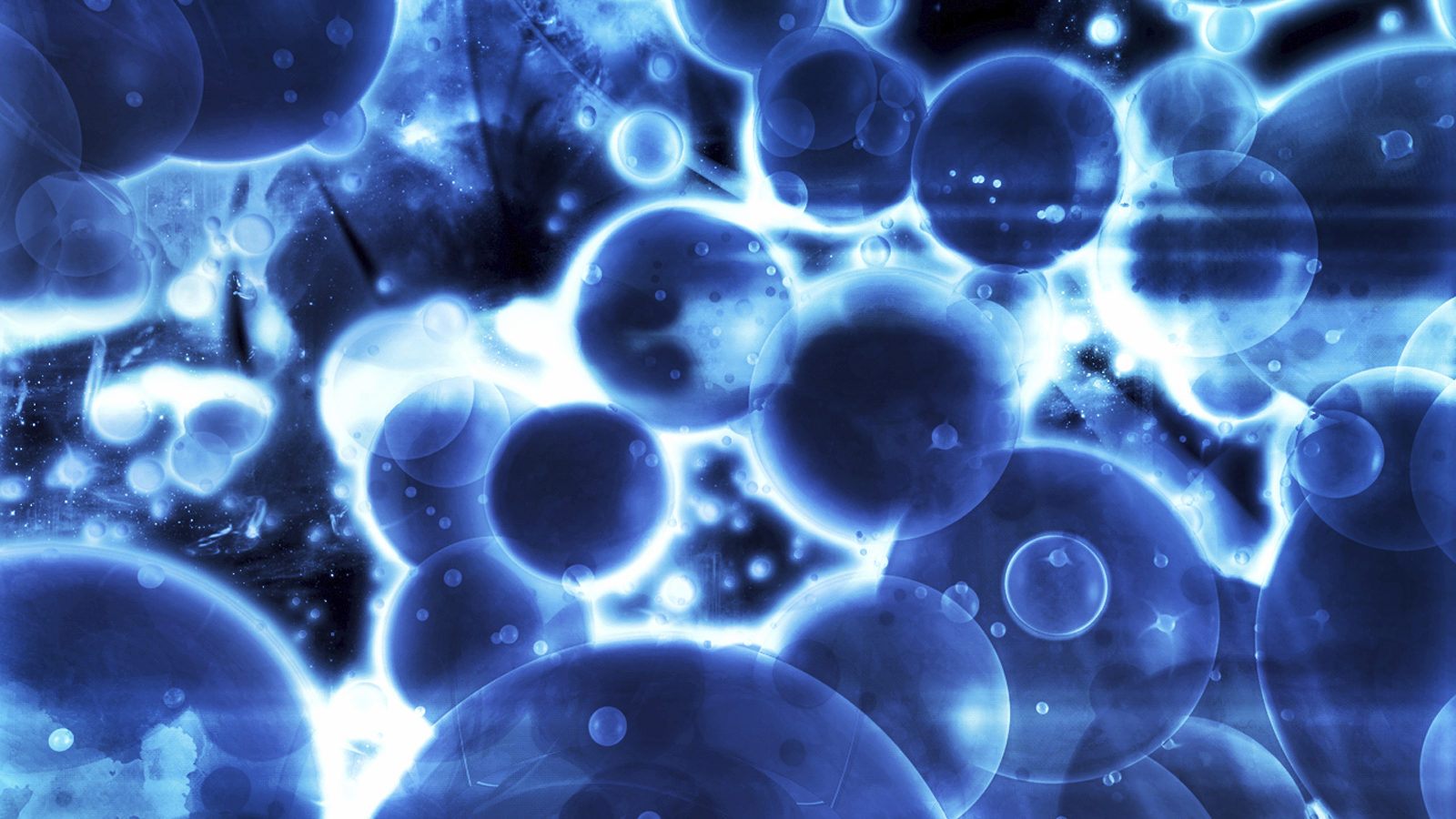|
Getting your Trinity Audio player ready...
|
In a novel hypothesis put out in a study just published in Physical Review Letters, dark matter may be composed of ultralight dark photons that heated up our cosmos. The “cosmic web,” a complex and flimsy network of filaments that fills the space between galaxies, is measured by the Cosmic Origin Spectrograph (COS) on board the Hubble Space Telescope. According to the authors, this idea is in great agreement with these results. According to the COS data, the cosmic intergalactic filaments are hotter than what hydrodynamic simulations of the traditional paradigm of structure development would indicate. The researchers claim that dark photons “may easily explain the experimental information” since they “would be able to transform into low-frequency photons and heat up the cosmic structures.” Together with researchers from Tel Aviv, Nottingham, and New York Universities, SISSA researchers conducted the investigation.
According to the authors James S. Bolton (University of Nottingham), Andrea Caputo (CERN and Tel Aviv University), Hongwan Liu (New York University), and Matteo Viel (SISSA), dark photons are hypothetical new particles that serve as the force carriers for a new force in the dark sector. “But they can have mass, unlike the photon. The ultralight dark photon is a good candidate for dark matter in particular, with a mass up to 20 orders of magnitude less than that of the electron.” Like the various forms of neutrinos, it is anticipated that dark photons and ordinary photons would also mix, allowing lightweight dark photon dark matter to transform into low-frequency photons.
These photons will heat the cosmic web, but unlike other heating mechanisms based on astrophysical processes, such star formation and galactic winds, this heating process is more diffuse and effective even in areas that are not very dense. According to Matteo Viel “In contrast to how cosmic filaments are typically used to investigate the small-scale properties of dark matter, in this instance we have used the low redshift intergalactic medium data as a calorimeter for the first time to determine whether all the heating processes that we are aware of are adequate to reproduce the data. This is not the case, as we discovered; the missing component is one that the dark photon contributes to “. The effort could inspire additional theoretical and observational investigations in order to explore the intriguing possibility that the dark photon could make up the dark matter. The work identified the mass and mixing of the dark photon with the Standard Model photon required to reconcile the discrepancy between observations and simulation.


